Chinese Juvenile Justice System
Chinese juvenile justice system. The Chinese juvenile diversion system is similar to the adult criminal justice system in rhetoric and operation. Recent amendments to Chinas Criminal Procedure Law involve special procedures for handling cases involving juvenile defendants and resolving cases through criminal reconciliation. In many areas it has begun to develop and to adjust to be consistent with the world standard.
Chinas criminal justice system is steeply tilted in favor of the police and prosecutors. As China is likely to continue to prioritize stability maintenance and risk prevention in its political agenda diversion in Chinas juvenile justice system will remain a mechanism that relies on surveillance and compulsion as well as ill-designed restorative. The section includes provisions for records sealing diversion social inquiry reports and the presence.
The study examines survey data from the Chinese Ministry of Public Security and establishes that juveniles in China have a greater fear of crime than their elders and are less willing to cooperate with and less trusting of the justice system. Chinas juvenile justice system is mostly criminal in nature where argumentative ways of prosecution are prevalent. It proclaims that its tasks are to use criminal punishments to struggle against all counter-revolutionary and other criminal acts in order to safeguard the system of the peoples democratic dictatorship and the smooth progress of the course of socialist construction.
Although the juvenile criminal justice system in China was established relatively late the relevant provisions of laws reflecting thinking on key aspects can be traced back thousands of years in. The number of children referred to Connecticuts juvenile courts has dropped almost 75 since 2005 new data show charting a steady decrease in the number of juveniles entering the states criminal justice system that has been accelerated by the COVID-19 pandemics sprawling impacts over the past 18 months. Four features of Chinese culture that are relevant to a modern juvenile justice system are.
Official concepts of crime and juvenile delinquency are divided into three types that cover different periods of the post-revolutionary era although these concepts overlap one. A System in Transition authorRuohui Zhao and Hongwei Zhang and Jianhong Liu year2014. In 2012 China added a juvenile section to its Criminal Procedure Law codifying the principle of education first punishment second.
The juvenile court specializing in juvenile criminal cases and the mixed juvenile court which handles both juvenile criminal and civil cases. On the other hand seemingly the process of Bangladesh is more favourable for. The Chinese Criminal Law takes the concept of Marxism Leninism and Mao Zedong as its guide.
The juvenile justice system in Japan has reached a new stage since the latter half of the 19th century. Although the law does not explicitly link the two criminal reconciliation has been a key feature in the development of Chinas juvenile justice.
A System in Transition inproceedingsZhao2014ChinasJJ titleChinas Juvenile Justice.
The use of non-custodial juvenile justice measures is not without its obstacles. S Japan and Germany juvenile delinquency or deviant behavior that does not violate the criminal law would not enter the judicial process but rather would be handled by administrative agencies such as the police and subject to coercive measures including educational measures. There are two parts to the juvenile justice system in China. Chinas criminal justice system is steeply tilted in favor of the police and prosecutors. In one model the criminal court judges hear juvenile cases while in another family court judges hear juvenile cases. In 2012 China added a juvenile section to its Criminal Procedure Law codifying the principle of education first punishment second. Although it appears that juvenile crime in China has fallen overall during the past 10 years violent crime committed by juveniles has continued to rise offenders are getting younger and gangs are more prevalent. Metaphorically speaking Japanese law has largely discarded its Kimono for new European suit. The Chinese juvenile diversion system is similar to the adult criminal justice system in rhetoric and operation.
The Chinese juvenile diversion system is similar to the adult criminal justice system in rhetoric and operation. As China is likely to continue to prioritize stability maintenance and risk prevention in its political agenda diversion in Chinas juvenile justice system will remain a mechanism that relies on surveillance and compulsion as well as ill-designed restorative. It also examines official responses to delinquency as well as the recent development of juvenile justice in China. The Chinese Criminal Law takes the concept of Marxism Leninism and Mao Zedong as its guide. Although the juvenile criminal justice system in China was established relatively late the relevant provisions of laws reflecting thinking on key aspects can be traced back thousands of years in. The vast majority of cases turn on confessions by suspects who have no access to defense lawyers until long after interrogation if ever. Defense lawyers are powerless to do much except argue for a lesser sentence.

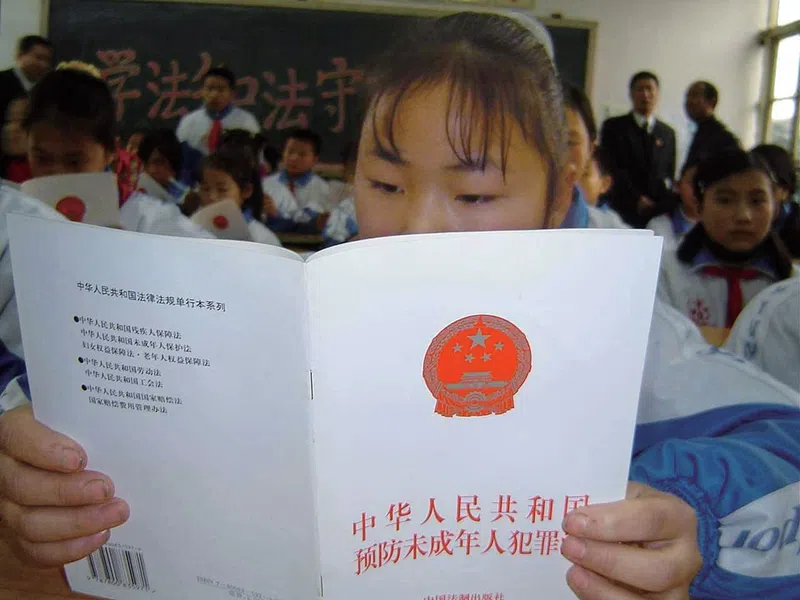







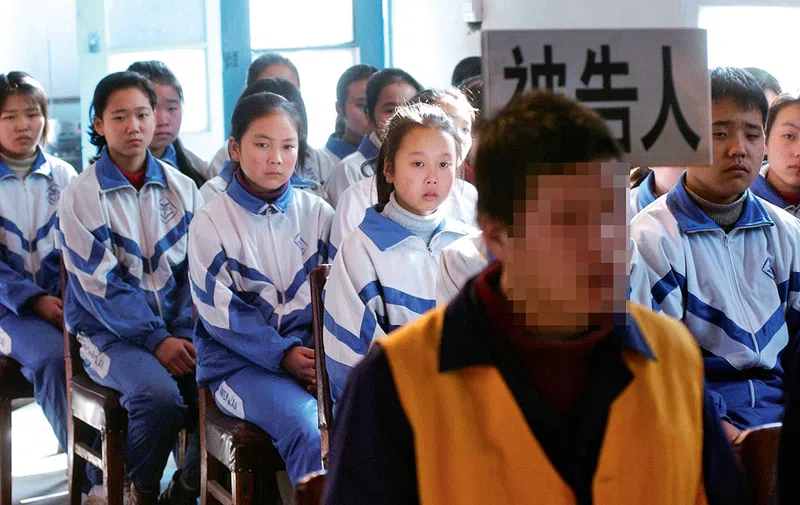



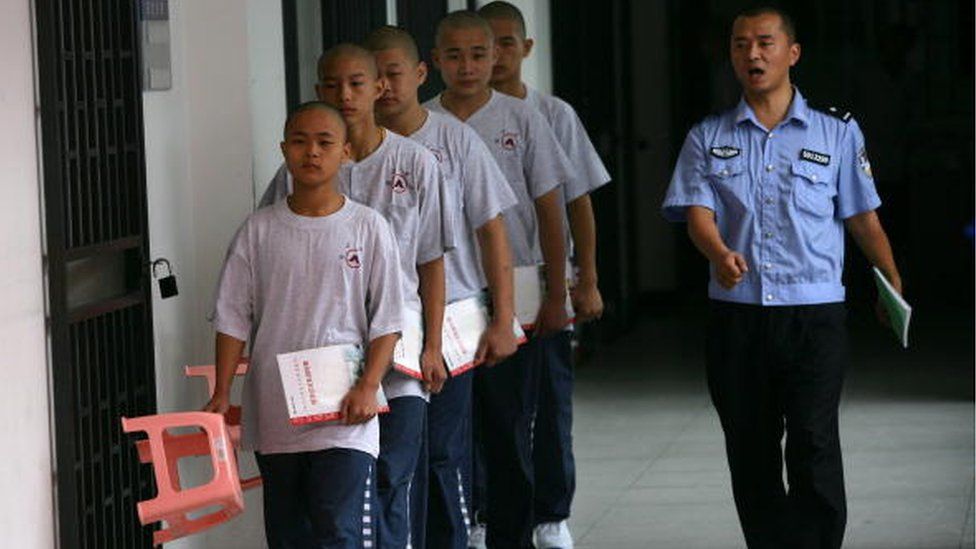

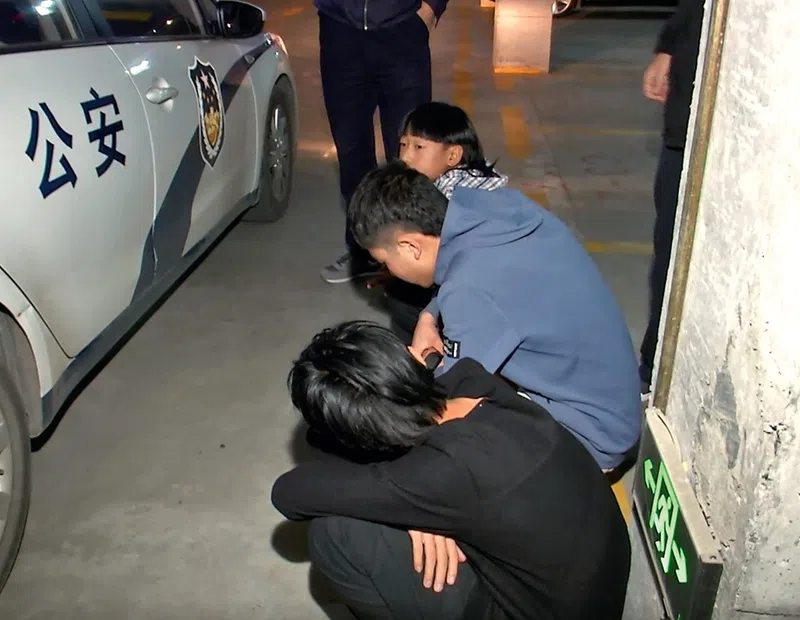



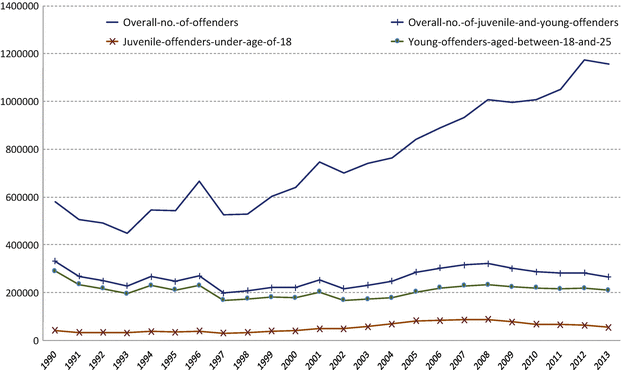

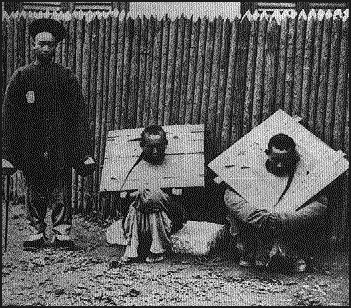


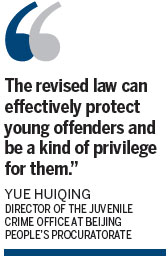

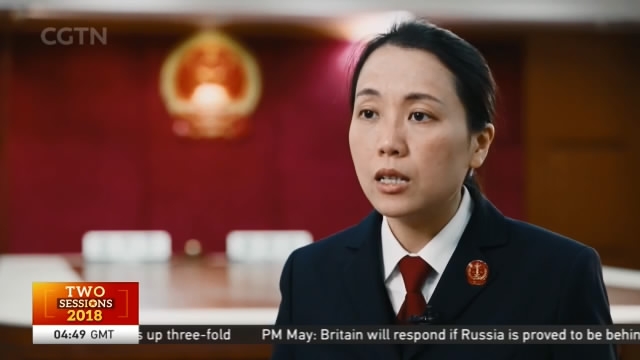

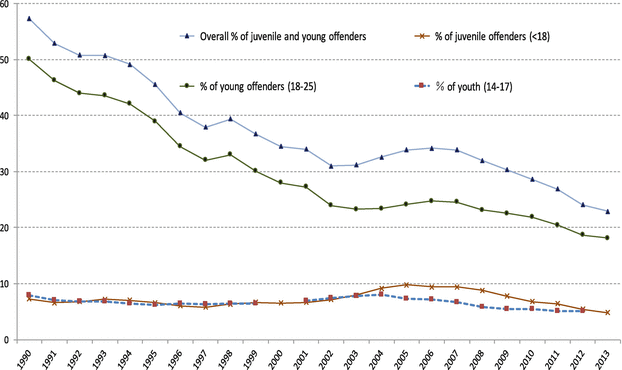

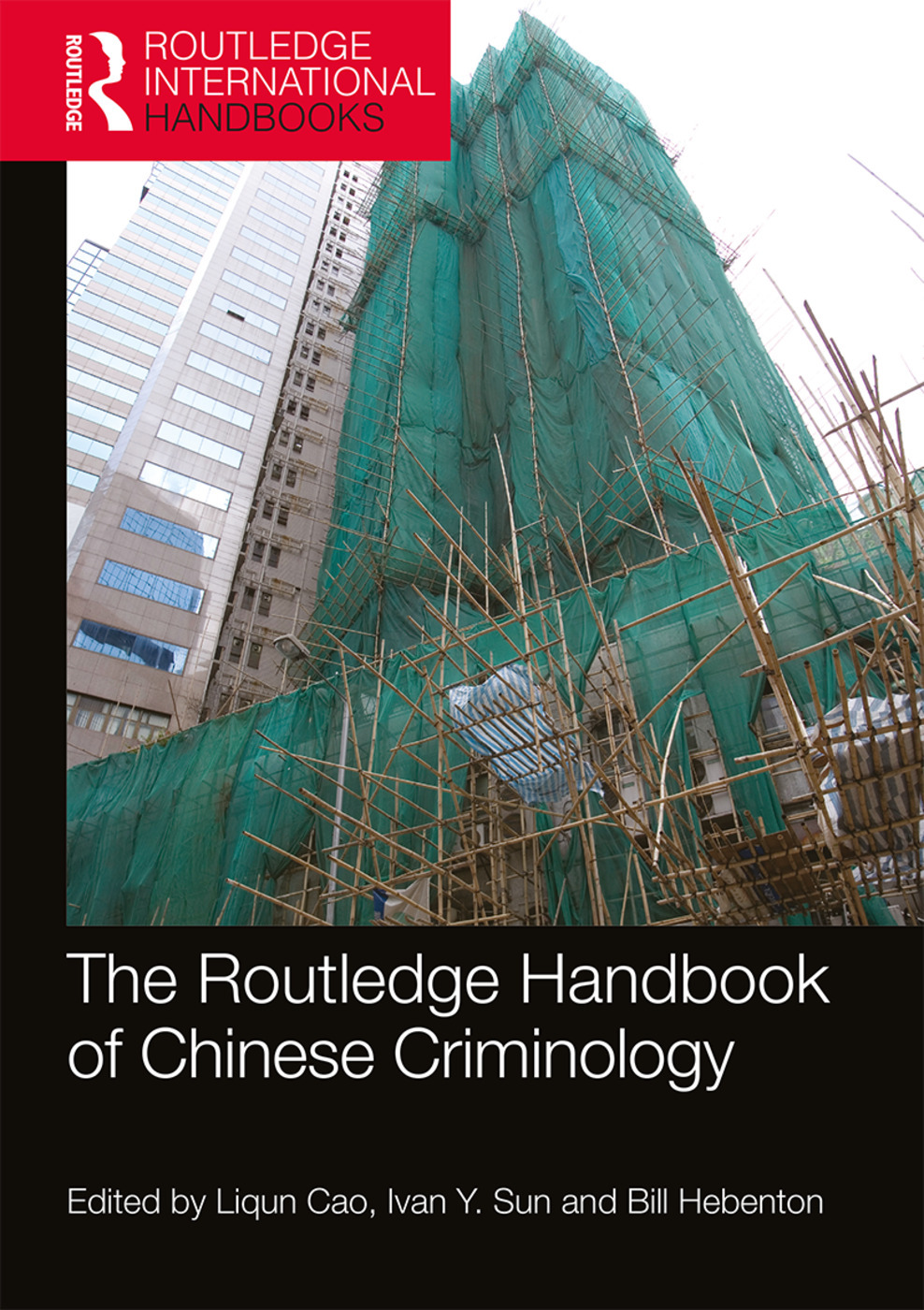





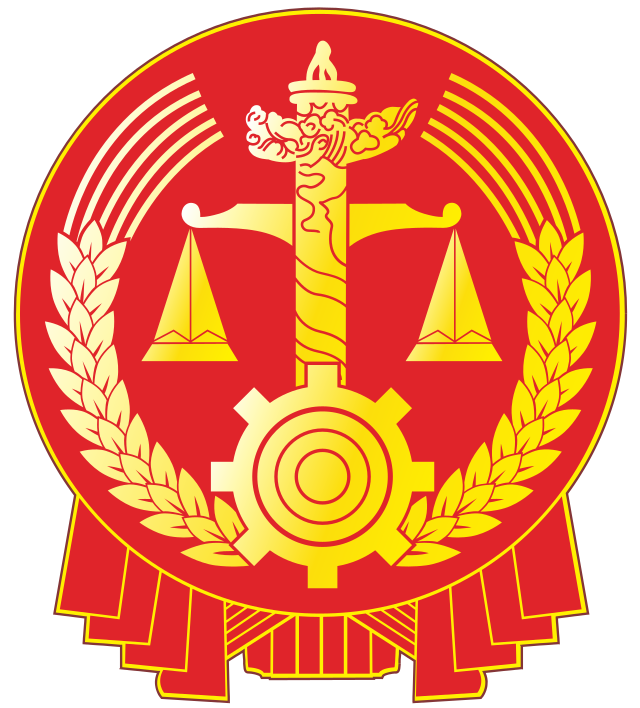




Post a Comment for "Chinese Juvenile Justice System"